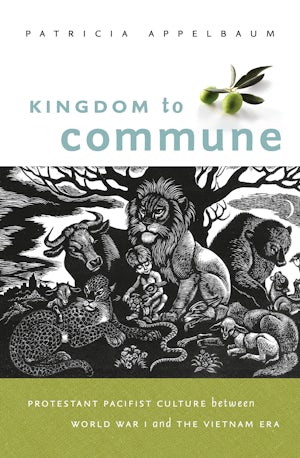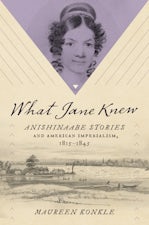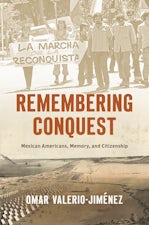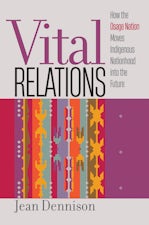Kingdom to Commune
Protestant Pacifist Culture between World War I and the Vietnam Era
By Patricia Appelbaum
344 pp., 6.125 x 9.25, 14 illus., appends., notes, bibl., index
-
Paperback ISBN: 978-0-8078-5938-4
Published: May 2014 -
E-book EPUB ISBN: 978-0-8078-8976-3
Published: March 2009 -
E-book PDF ISBN: 979-8-8908-8246-2
Published: March 2009
Buy this Book
- Paperback $39.95
- E-Book $19.99
For Professors:
Free E-Exam Copies
Exploring piety, practice, and material religion, Appelbaum describes a surprisingly complex culture of Protestant pacifism expressed through social networks, iconography, vernacular theology, individual spiritual practice, storytelling, identity rituals, and cooperative living. Between World War I and the Vietnam War, she contends, a paradigm shift took place in the Protestant pacifist movement. Pacifism moved from a mainstream position to a sectarian and marginal one, from an embrace of modernity to skepticism about it, and from a Christian center to a purely pacifist one, with an informal, flexible theology.
The book begins and ends with biographical profiles of two very different pacifists, Harold Gray and Marjorie Swann. Their stories distill the changing religious culture of American pacifism revealed in Kingdom to Commune.
About the Author
Patricia Appelbaum is an independent scholar living in Amherst, Massachusetts.
For more information about Patricia Appelbaum, visit
the
Author
Page.
Reviews
"A valuable resource for students and researchers in both religious studies and peace studies in the U.S. Highly recommended."--Choice
"A detailed discussion of pacifist culture. . . . Provides wonderful descriptions of cultural artifacts such as hymns . . . plays . . . and peace liturgies."--Christian Century
"[A] richly textured sociocultural exploration. . . . May prove to be a foundational edifice on which many future studies on the topic must build."--Journal of American History
"[Appelbaum's] focus on pacifist worship services, plays, pageantry, iconography, and heroic biographies uncovers a rich folk history. . . [Goes] a long way toward claiming a more central role for Christian nonviolence in American democratic history."--American Historical Review
"A significant contribution to communitarian studies as well as to the history of pacifism."--The Annals of Iowa
"A rich account of . . . 'Protestant pacifist culture' during the middle of the twentieth century. . . . An illuminating approach."--Church History




